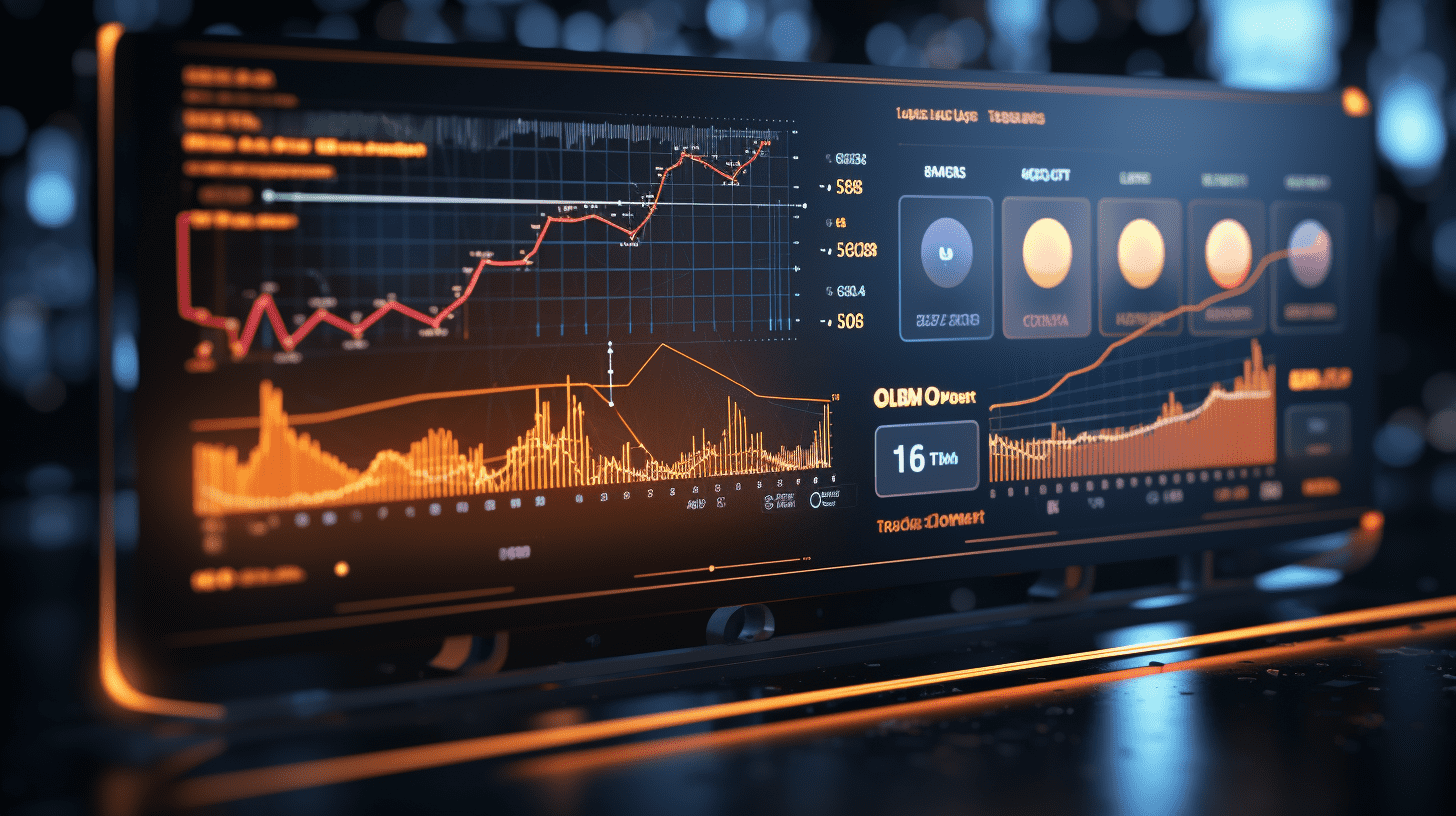U.S. electricity regulatory agency: Tens of millions of Americans will face electricity shortages this summer.
This summer, tens of millions of Americans in the central and western regions of the United States to the Gulf Coast are facing the biggest threat of power shortages in American history.
This summer, tens of millions of Americans in the Upper Midwest to the Gulf Coast are facing the largest threat of power shortages in the United States. The North American Electric Reliability Corporation (NERC) stated in its annual summer assessment report that approximately 89 million Americans rely on three major power grid systems spanning across the central part of the United States, which are currently classified as "high-risk areas" due to the closure of old power plants, potential forced outages, and high power demand leading to potential power shortfalls. Mark Olson, reliability assessment manager at NERC, said, "As we head into the summer, grid operators need to be prepared for the possibility of tight situations."
The aging power system in the United States is facing a dual pressure of extreme weather and increasing power demand from data centers. At the same time, the grid is increasingly relying on wind and solar energy, but these renewable energy sources are highly dependent on natural conditions such as wind and sunshine, making them less stable.
In addition to the three high-risk grid systems mentioned above, the New England grid covering six states also frequently appears on regulatory agencies' risk lists due to the tight energy supply in the region. Overall, approximately 104 million Americans - one-third of the U.S. population - reside in areas susceptible to grid emergencies due to extreme weather conditions. It is worth noting that NERC's report is based on the potential high temperatures expected this summer and is not an alert for grid crises or power outages.
NERC also pointed out the additional risk of transmission bottlenecks in the southern system managed by the Texas Reliability Council (ERCOT). However, the probability of power shortages after sunset has decreased from over 15% in 2024 to 3% in August. Texas has added 7.5 gigawatts of battery storage to enhance grid stability. Furthermore, despite not being on NERC's watch list, both the New York grid system and the Eastern U.S. grid covering 13 states have recently warned of the risk of power shortages during extreme summer heatwaves.
In fact, U.S. officials warned earlier this month about potential power issues. U.S. Secretary of the Interior and Chairman of the National Energy Council Doug Burgum warned on May 4th that the U.S. could face widespread blackouts as early as this summer. He said, "President Trump declared a state of national energy emergency on his first day in office, and we are facing huge challenges in power generation." "We've seen power outages in Spain before, and they could happen in the U.S. this summer."
In recent years, the U.S. has experienced widespread blackouts several times due to extreme weather and aging power facilities. In June 2023, over 300,000 residents in the Southern U.S. states, including Oklahoma, Texas, and Louisiana, experienced power outages due to severe summer storms; from February to April 2024, large-scale blackouts occurred in multiple states due to extreme blizzard conditions.
With the surge in energy-intensive data centers, the risk of power shortages in the U.S. is increasing. On December 17, 2024, NERC warned that the North American power grid is facing "serious reliability challenges" due to the inability to keep up with the growing demand from artificial intelligence. NERC found that with the increasing demand for electricity and the retirement of coal-fired power plants, over half of North America could face energy shortages in the next ten years.
Related Articles

Powell: The Federal Reserve is considering adjusting its monetary policy framework and reexamining the definition of "full employment" and the path to achieving its inflation target.

In April, retail sales growth in the United States slowed down, indicating signs of weak consumer spending.

Confidence returns as the impact of tariffs eases, the global IPO market heats up again.
Powell: The Federal Reserve is considering adjusting its monetary policy framework and reexamining the definition of "full employment" and the path to achieving its inflation target.

In April, retail sales growth in the United States slowed down, indicating signs of weak consumer spending.

Confidence returns as the impact of tariffs eases, the global IPO market heats up again.

RECOMMEND

The Supreme People's Court and the China Securities Regulatory Commission jointly issued the "Guiding Opinions on Strict and Just Law Enforcement Judicial Services to Ensure High-Quality Development of the Capital Market".
15/05/2025

CSRC: Quickly introduce a set of policy measures to deepen the reforms of the science and technology innovation board and the Growth Enterprise Market to effectively promote the increase of the scale and proportion of medium and long-term funds entering the market.
15/05/2025

AI computing power demand continues to surge! Cisco Systems, Inc. (CSCO.US) "springing back to life" performance outlook exceeds expectations.
15/05/2025


